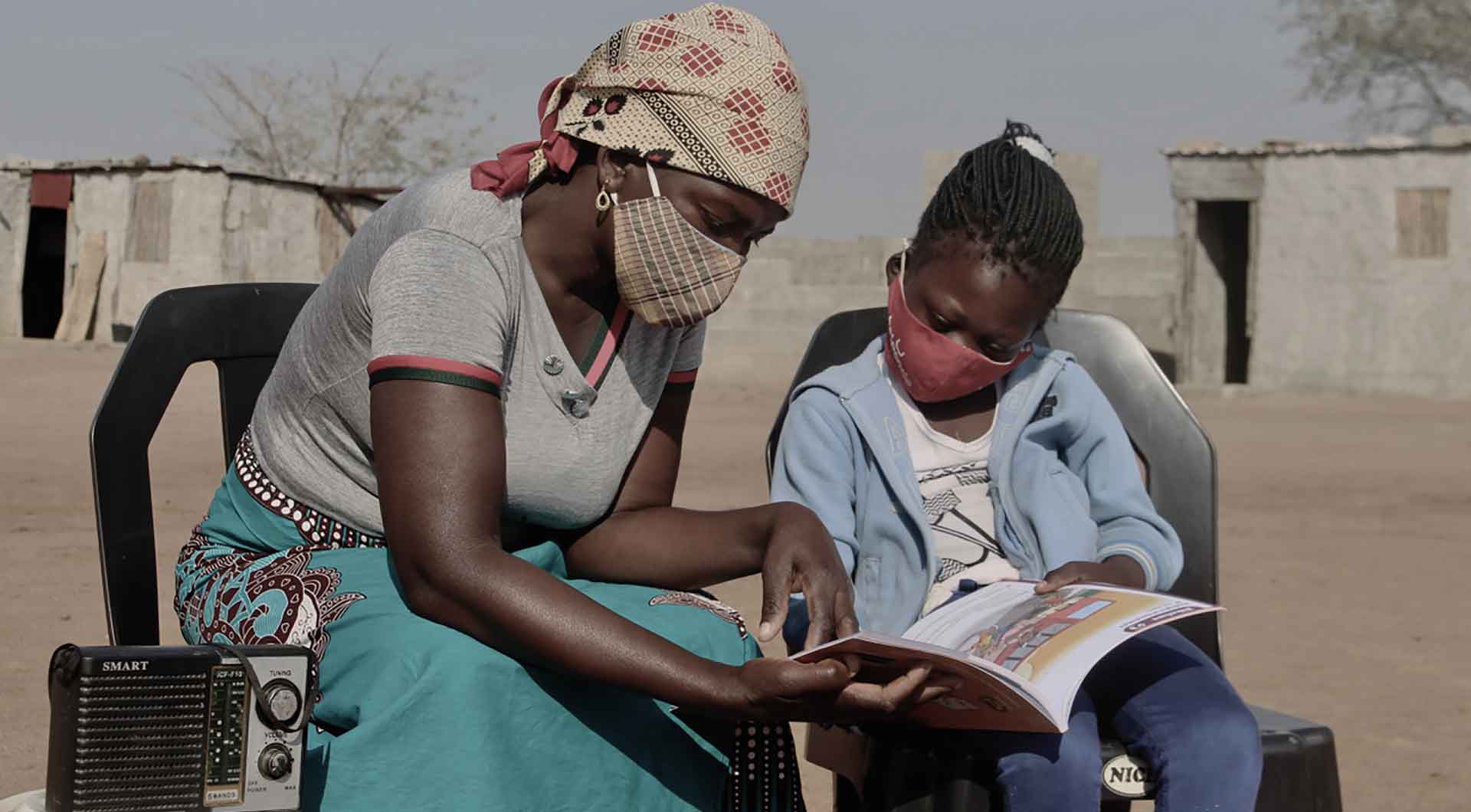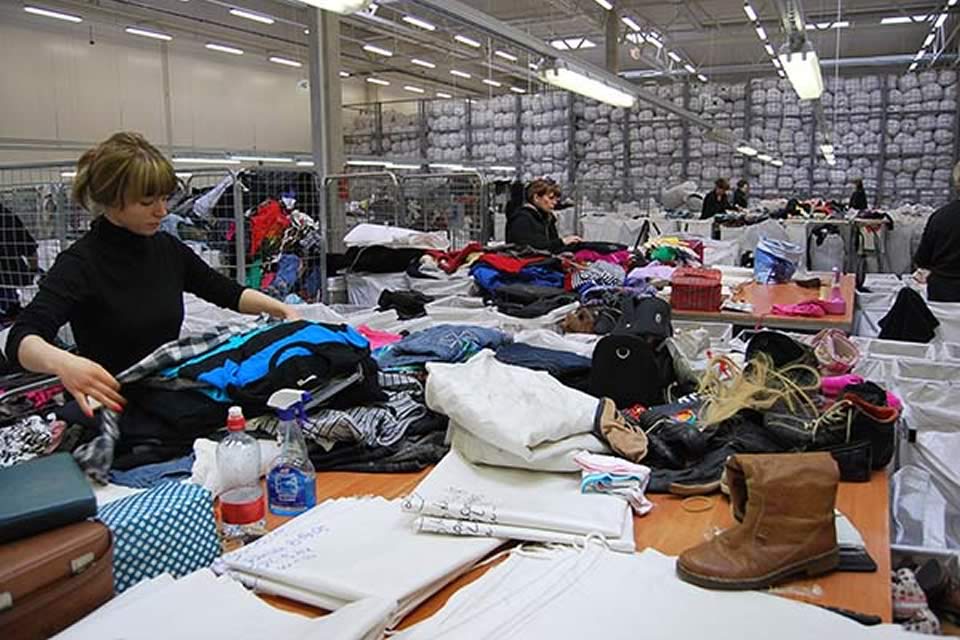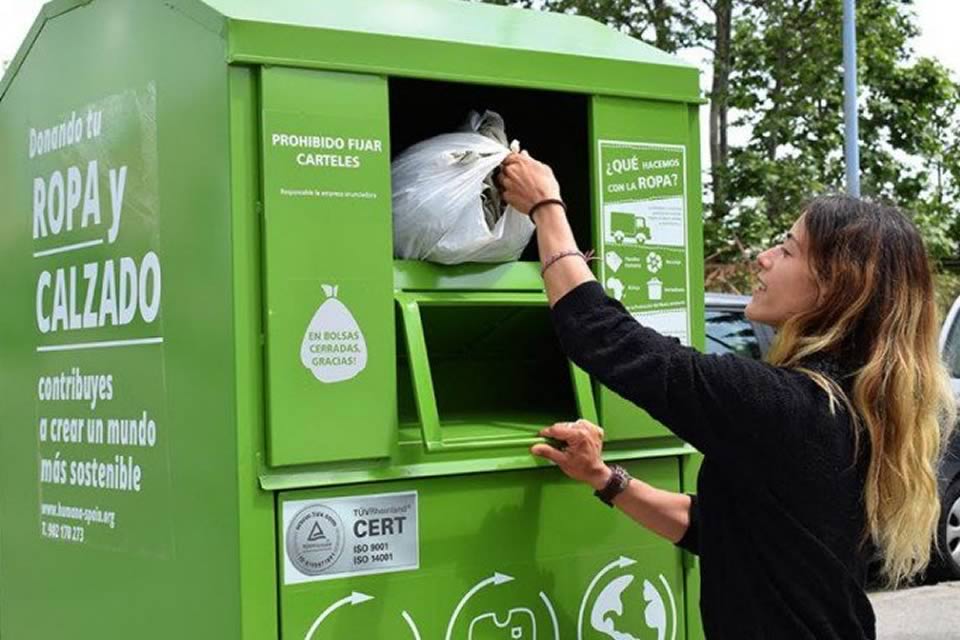
By David Kerkhofs, Programme Coordinator for Climate Change Adaptation, Humana People to People*
5 December 2019

COP25 marks another crucial moment in the ‘climate emergency’ negotiations. High-level discussions continue to focus on how to manage the unsustainable economies and lifestyle patterns in rich countries, ignoring the real impact of climate change on vulnerable communities who depend on the land, environment and weather to survive.
In Sub-Saharan Africa, extreme weather events in 2019 included two cyclones hitting Mozambique, Malawi and Zimbabwe just weeks apart, and severe drought in the Southern Africa drylands.
The term ‘climate emergency’ is gaining more traction and with reason, accelerated action is needed on the ground.
The scientific community predicts the global temperature will rise to at least 3.2 °C. A far cry from Paris Agreement committed to keeping global temperature rise this century to well below 2°C above pre-industrial levels.
Calls for urgent action are mirrored in reports from the Intergovernmental Panel on Climate Change (IPCC) (2018) and the UN Environment (2019).
Yet the international community struggle to find agreements, continue to invent new terms and mechanisms, and is nowhere near to mobilising the funding it has committed to, let alone ensuring that it reaches the most affected communities.

The World Resources Institute estimates that adapting to intensifying climate impacts will cost $140 - $300 billion per year by 2030 and up to $500 Billion afterwards, yet the availability of adaptation funds was just $22 Billion in 2016. Reports show that of these funds, less than 10% reaches the most vulnerable communities.
As new terminology and concepts emerge, information gaps between the rural communities most affected and the decision-makers are widening. This means communities have little to no access to relevant climate science and tools to design appropriate adaptation interventions.
Civil Society organisations play a crucial role in addressing these gaps, leveraging local knowledge and capacities for effective adaptation interventions on the ground.
A recent experience in Namibia which has faced extreme drought since 2013 showed the enormous positive impact of equipping farmers with relevant climate action information and adaptation tools.
With support from the European Commission, the 4-year project addressed food security and community resilience for 730 farmers, 88% of whom are women, and their families. Farmers harvested ten-times more staple crops than the national average in just one season and produced enough vegetables to sell over half of what they grew.
The knowledge and capacity of these communities to design appropriate adaptation actions when provided the right information, inputs and support, continues to be fundamentally underestimated and under-resourced.
Unless more inclusive action is taken, the development gains from the last decades will almost certainly have been in vain, and the slogan “leaving no one behind” will be forgotten.
We need to consider and involve affected and vulnerable populations in the decision making and global response to global warming. It is together, we create lasting change.
Note:
*David Kerkhofs, Programme Coordinator for Climate Change Adaptation, Humana People to People. Humana People to People (HPP) is a federation of 30 locally registered and managed non-governmental organizations active in 45 countries on 5 continents.